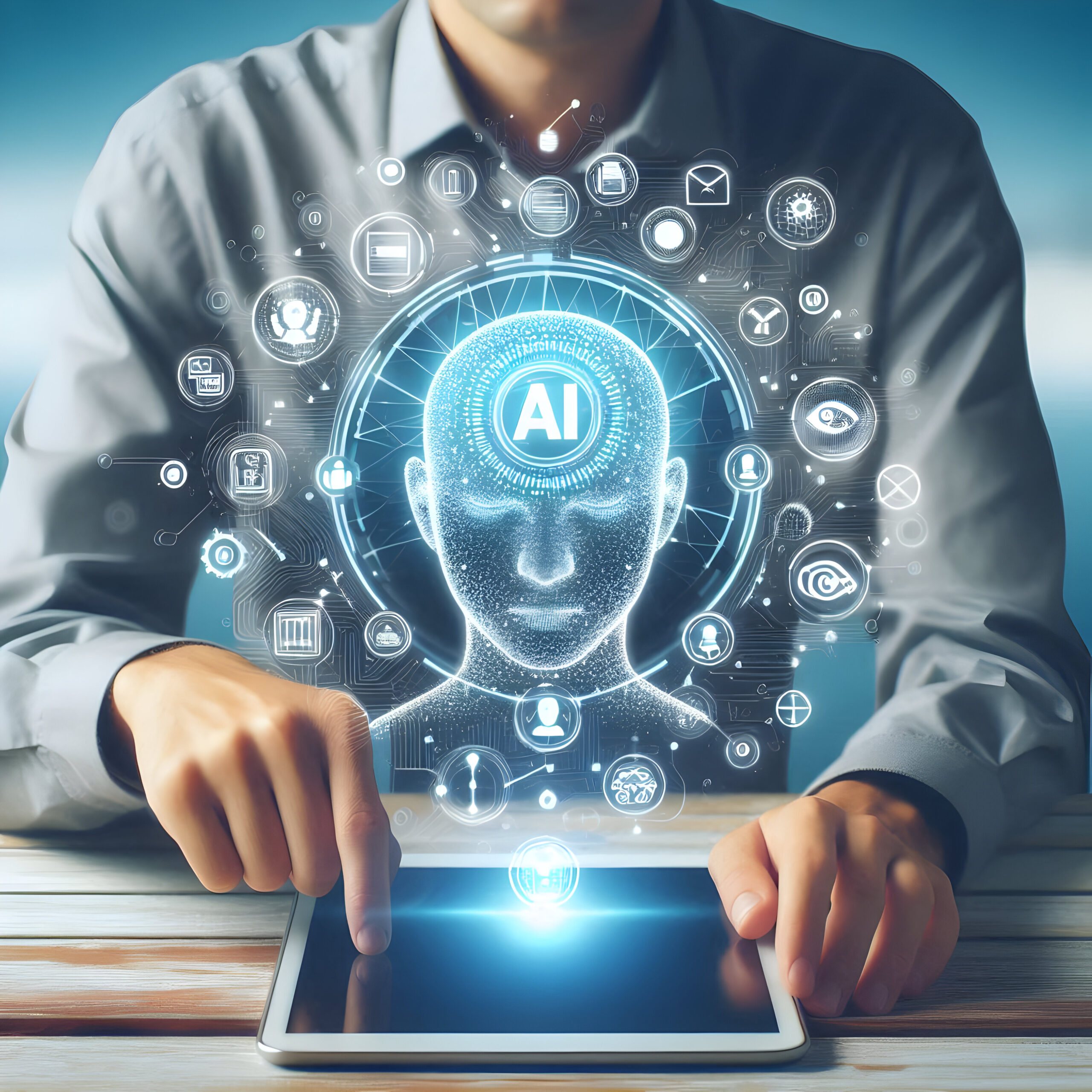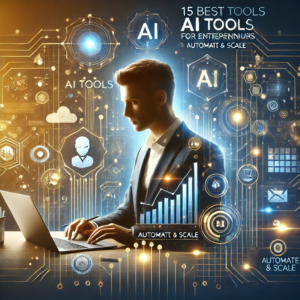10 Revolutionary AI Automation Use Cases Shaping the Future of Productivity in 2025
Groundbreaking AI automation advances are transforming how we work, think, and create in ways previously confined to science fiction. As we stand at the intersection of human potential and artificial intelligence, the emergence of agentic systems – autonomous or predefined AI implementations – presents unprecedented opportunities for enhancing productivity and reclaiming valuable time.
We strongly recommend that you check out our guide on how to take advantage of AI in today’s passive income economy.
Table of Contents
Understanding the AI Automation Revolution
The landscape of AI automation has evolved dramatically, moving beyond simple task automation to sophisticated systems capable of independent decision-making and complex problem-solving. These implementations represent a significant shift in how businesses and individuals approach daily operations, with agentic systems leading the charge in revolutionizing workflow efficiency.
The Rise of AI Automation in Business
The growing demand for AI automation expertise has created a substantial market opportunity, with the supply of skilled automation builders struggling to meet the increasing needs of businesses worldwide. This gap presents a unique opportunity for those willing to master these transformative technologies.
Essential AI Automation Use Cases
1. LLM Split Testing Automation
One of the most powerful AI automation applications involves automated split testing of various large language models. This system enables simultaneous testing of different AI models like ChatGPT, Claude, and Perplexity, providing comparative analysis of their responses to the same prompts.
2. PDF Content Extraction System
The PDF extraction automation revolutionizes document processing by automatically scanning, analyzing, and summarizing complex documents. This system proves particularly valuable when dealing with lengthy technical papers or research documents, providing structured summaries and key takeaways without manual intervention.
3. Meeting Intelligence Automation
Modern AI automation systems can transform virtual meetings into actionable intelligence. This implementation automatically processes meeting recordings, generating transcripts, extracting key points, and creating structured summaries – all without human intervention.
4. RSS Feed Intelligence
AI automation can aggregate and analyze content from multiple RSS feeds, creating comprehensive news summaries and insights. This system proves invaluable for staying current with industry developments while saving countless hours of manual research.
5. Transcript Analysis System
The transcript analysis automation represents a significant advancement in content repurposing. By automatically extracting and analyzing spoken content, this system enables efficient content transformation and knowledge extraction.
6. Research Automation Assistant
This AI automation implementation transforms simple ideas into comprehensive research reports. By automating the research process, users can quickly gather detailed information on any topic without manual searching and compilation.
7. Voice-Activated Idea Capture
Voice-activated AI automation systems enable seamless idea capture and processing. This implementation transforms spoken thoughts into structured digital content, ensuring no valuable insights are lost.
8. Mobile Integration System
The mobile automation implementation extends AI capabilities to smartphones, enabling on-the-go idea capture and processing through simple shortcuts and voice commands.
9. Health Data Integration
AI automation can aggregate and analyze personal health data, creating comprehensive wellness insights. This implementation demonstrates how automation can extend beyond business applications into personal well-being management.
10. API Integration Framework
The final AI automation use case involves sophisticated API integrations, allowing different systems to communicate and work together seamlessly. This implementation enables the creation of complex automation workflows that can handle multiple tasks across various platforms.
Implementation Strategies and Best Practices
Successful AI automation implementation requires careful planning and consideration of various factors. The key lies in identifying repetitive tasks that consume significant time and creating automated workflows to handle them efficiently.
Building Scalable Solutions
When developing AI automation systems, scalability should be a primary consideration. Systems should be designed to grow with your needs and adapt to changing requirements over time.
Future Implications and Opportunities
The future of AI automation holds enormous potential for further innovation and efficiency gains. As these systems become more sophisticated, we can expect to see even more creative and powerful applications emerge.
Conclusion
The ten AI automation use cases presented here represent just the beginning of what’s possible with these technologies. As we continue to push the boundaries of what’s possible, the potential for innovation and efficiency gains through AI automation remains virtually limitless.
These implementations demonstrate how AI automation can transform various aspects of business and personal productivity, from content creation to health monitoring. By embracing these technologies and understanding their potential, organizations and individuals can position themselves at the forefront of the AI revolution, ready to harness its benefits for years to come.

We strongly recommend that you check out our guide on how to take advantage of AI in today’s passive income economy.




